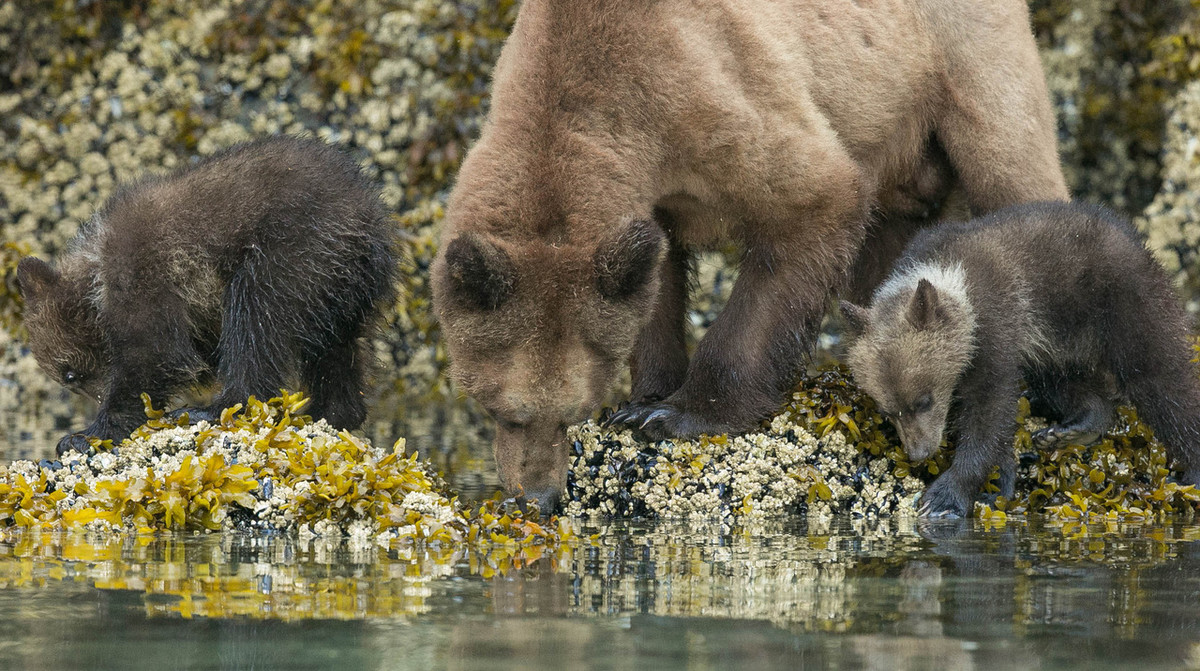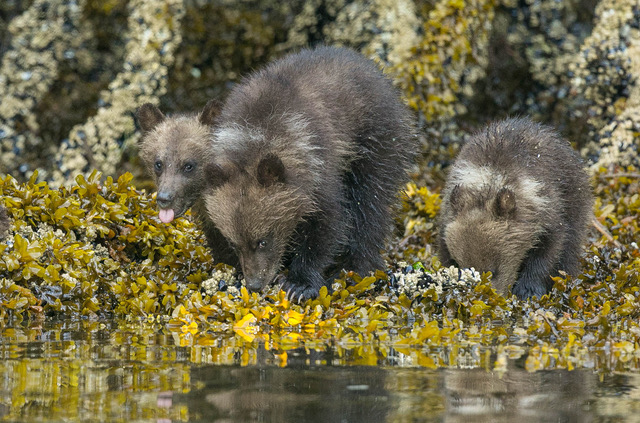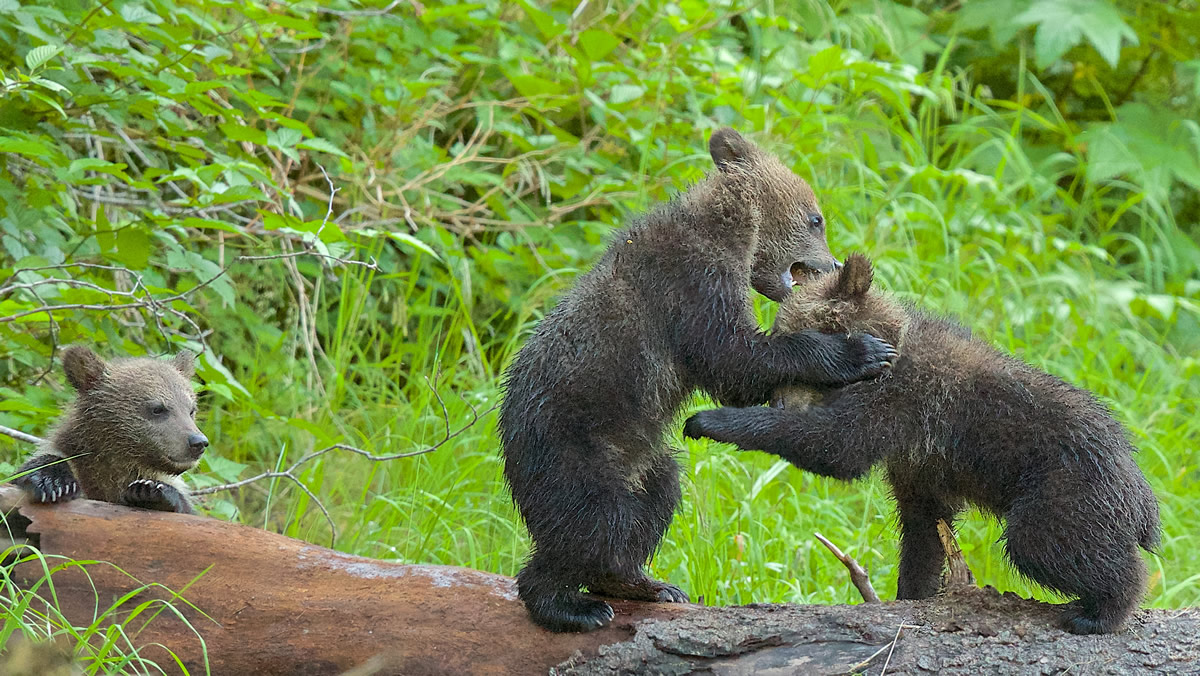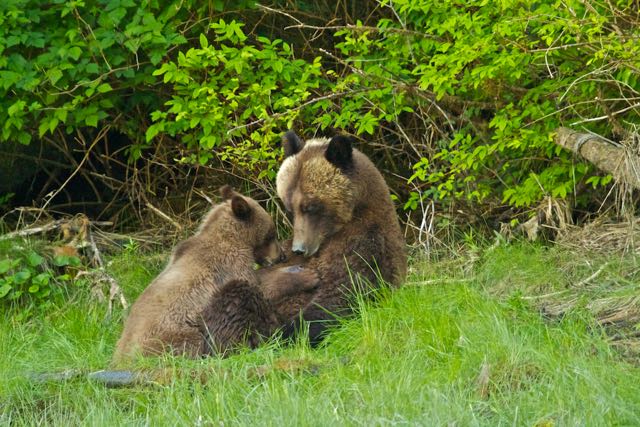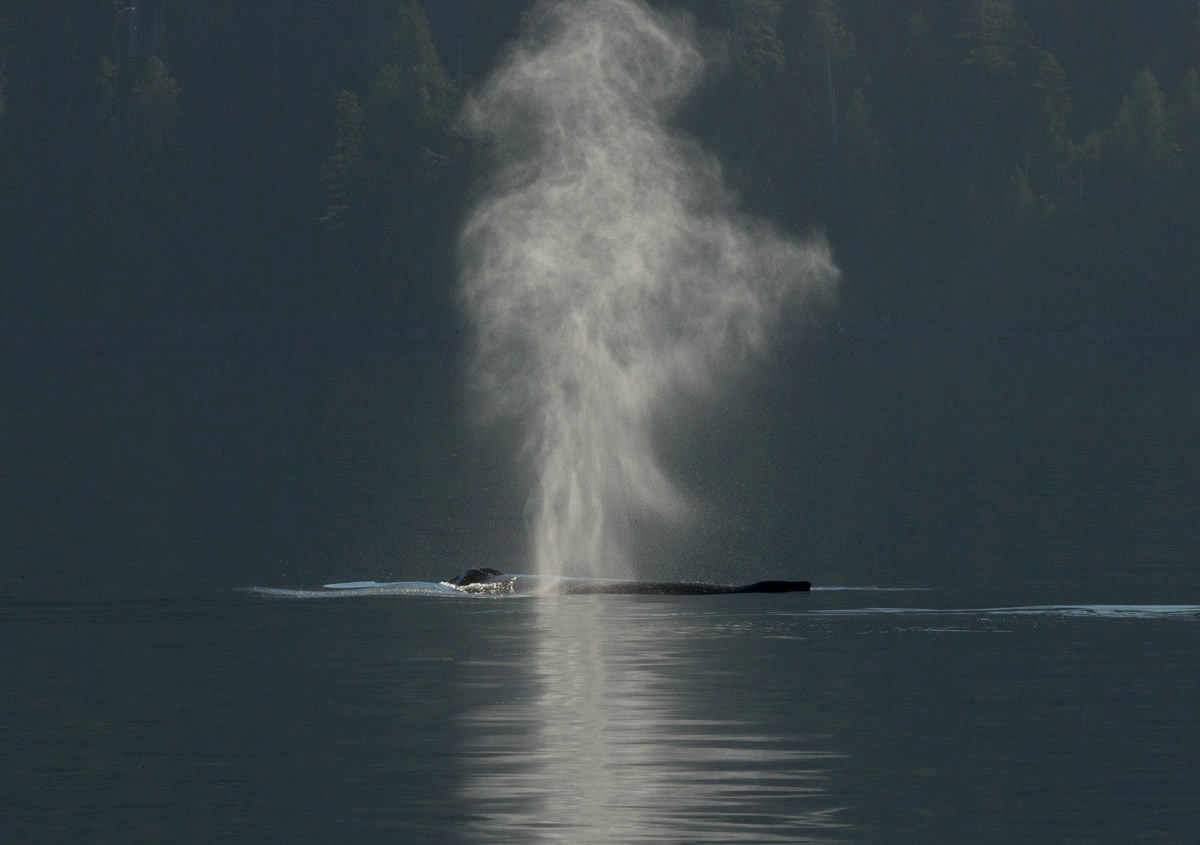|
|
|
 |
 |
 |
|||
Official Blog of the Great Bear IIFirst class wilderness adventures and holiday cruises on the coast of British Columbia.Current | 2022 | 2021 | 2020 |2019 | 2018-2016 | 2015 | 2013 | 2012 | 2011 | 2010 | 2009 | 2008 | 2007 | 2006-2004 Tuesday, March 5, 2022
GREAT BEAR RAINFOREST PACIFIC HERRING SPAWN: ONE OF NATURE'S GREATEST EVENTS... 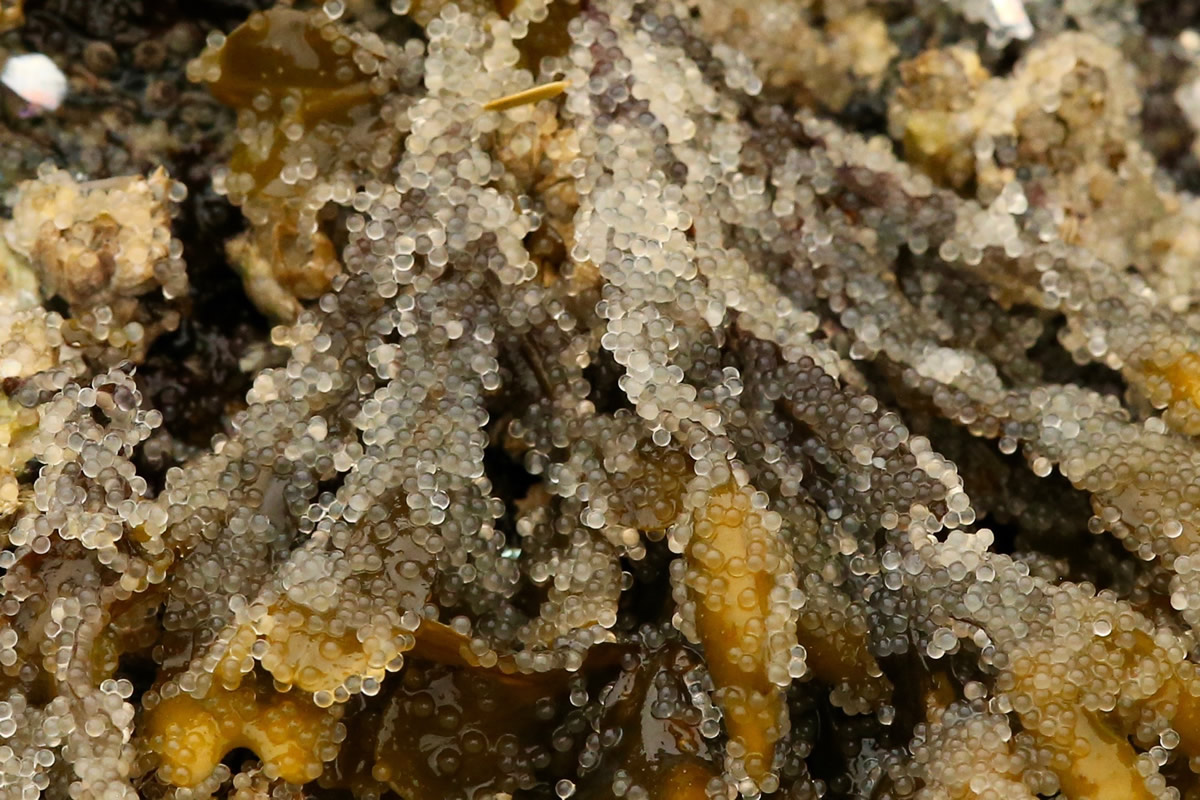
Normally a vibrant yellow, the rock weed in these photos were blanketed in the eggs of Herring, deposited in just a few hours! Each year in early spring, tens of thousands of tons of Pacific Herring migrate from offshore to near-shore habitats to spawn en masse in one of nature's most spectacular events. The waters along shorelines flow chalky white with herring milt and eggs. The spawning herring and their eggs attract both marine and terrestrial predators - at a time when food sources tend to be low.Branches from trees that have been immersed in the sea during high tides... now they are covered in Herring eggs. Coastal First Nations have for millennia, put trees branches and seaweed fronds in the water for the Herring to lay eggs on as their methods of harvesting. Other than the wild Pacific salmon, few species in B.C. are as ecologically, culturally or economically important as the Pacific herring. They are a keystone or foundation species of the marine and terrestrial food web, directly supporting salmon, halibut, seals, sea lions, and whales, and many species of seabirds. At low tide, the table is set for terrestrial animals such as eagles, wolves and bears who come to the beaches to feast on the Herring spawn that has attached to rocks, seaweed, and branches.The Pacific Herring have also fed coastal First Nations for thousands of years. The traditional First Nations spawn on kelp (SOK) fishery involves the suspension of tree branches, kelp fronds and other seaweeds in sheltered areas where herring spawn prodigiously in early spring. The roe builds up in multiple layers until harvesters collect it, and the adult fish are left to spawn again in the future. Seabirds, Eagles, Sea Lions, Whales, Wolves, and other territorial and marine animals come to feast on the Herring and Herring row. In 2018, the Heiltsuk People of Bella Bella ended the industrial seine and gill net fisheries in their territory as have the neighbouring Kitasoo/Xai'xais People of Klemtu. It is in the territories of the Heiltsuk People of Bella Bella and the Kitasoo/Xai'xais People of Klemtu, that our early Spring 2019 trip took place. In the weeks that we spent with these tiny Pacific Herring, "seeing it is believing it" took on renewed meaning. 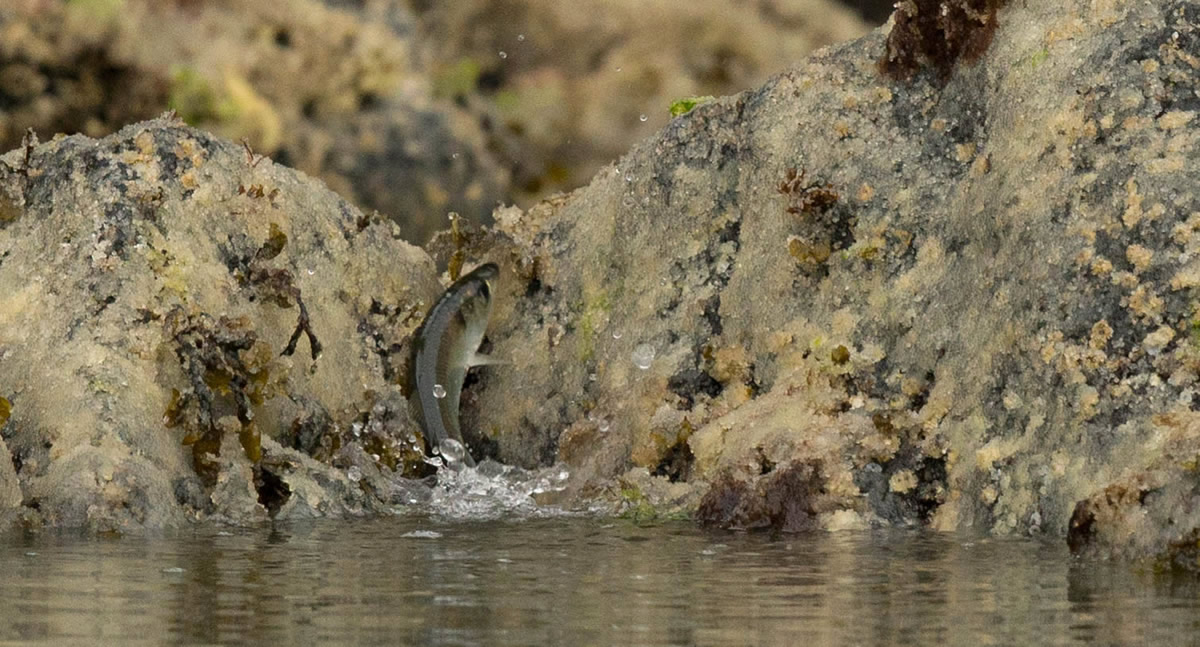
A tiny Pacific Herring female struggling to lay her eggs on the rocks. As we watched a tiny female Herring, struggling, literally half-in and half-out of the water, to lay her eggs, the profound meaning of her importance to the web of life on earth, became very clear.Tears streamed down my face as I realized the enormity of what we were witnessing. 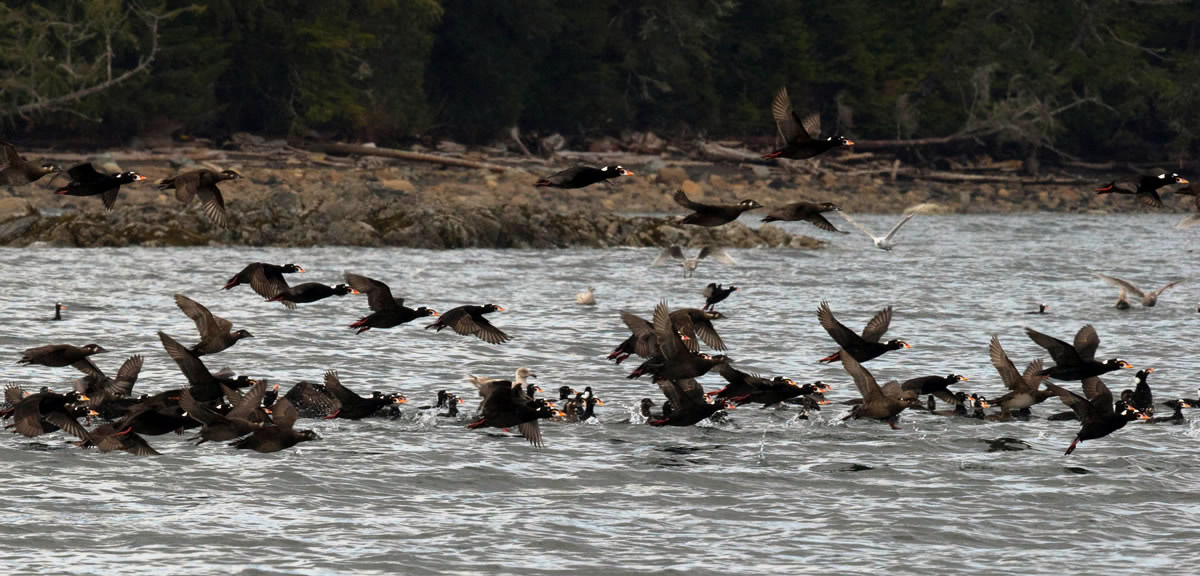
HUGE flock of Surf Scoters which we have seen in the thousands! I'm convince that if every person could realize what we did during these two weeks, there would be a lot more effort to ensure the survival of the Pacific Herring!We will offer these soul-stirring trips again in the early Spring of 2022, for which we are already taking reservations. Contact us to book on Herring trips in 2022.
February 24, 2022
WHAT'S HAPPENING in the GREAT BEAR RAINFOREST?
Join us... and discover how "you're connected with everything."Current | 2022 | 2021 | 2020 |2019 | 2018-2016 | 2015 | 2013 | 2012 | 2011 | 2010 | 2009 | 2008 | 2007 | 2006-2004 |
|||||
 |
 |
 |
|||
|
First class BC wilderness cruises, coastal tours and charters on the West Coast of British Columbia aboard the 54 ft. Great Bear II, out of Vancouver, BC.
· Haida Gwaii · Queen Charlotte Islands · Great Bear Rainforest · Gulf Islands · Princess Louisa Inlet · · Desolation Sound · Howe Sound · Indian Arm · Whale Watching · Bear Viewing · Wilderness Adventures ·
Copyright © 1998-2024 Ocean Adventures Charter Co. Ltd.
|
|||||




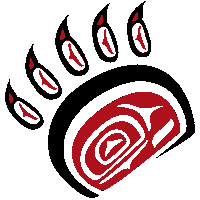
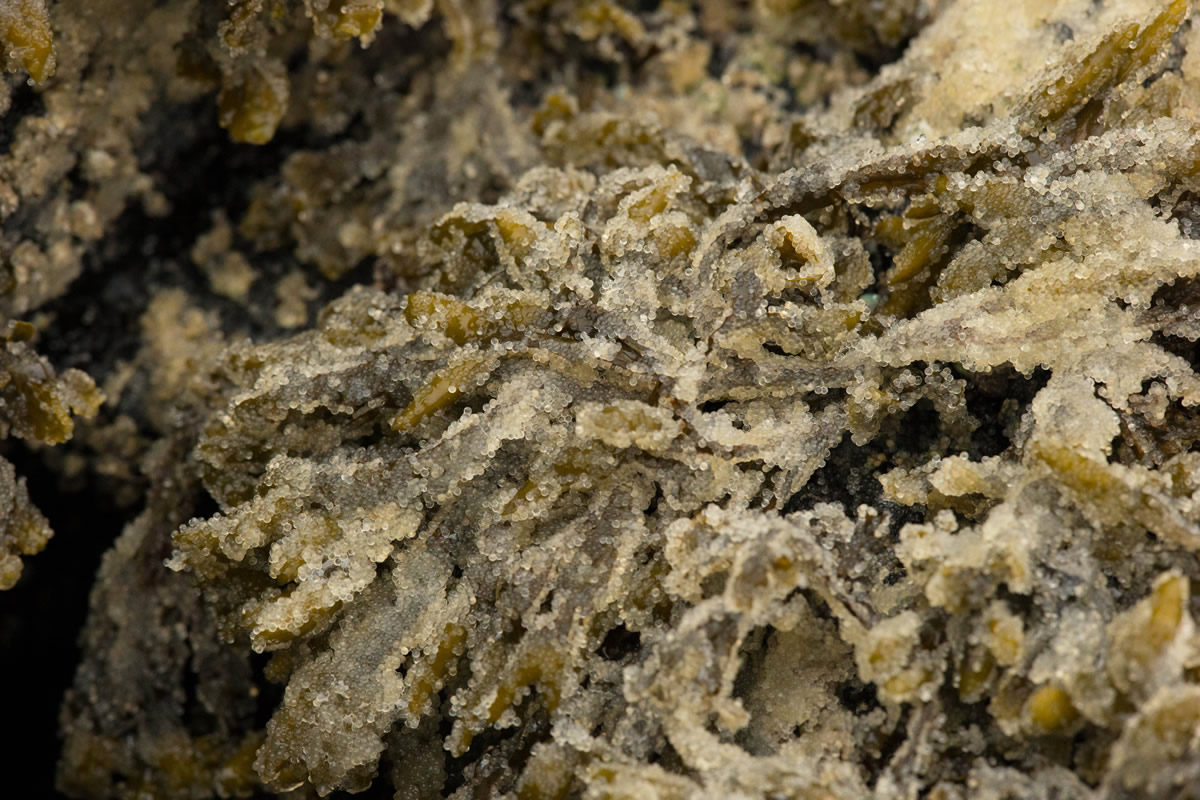
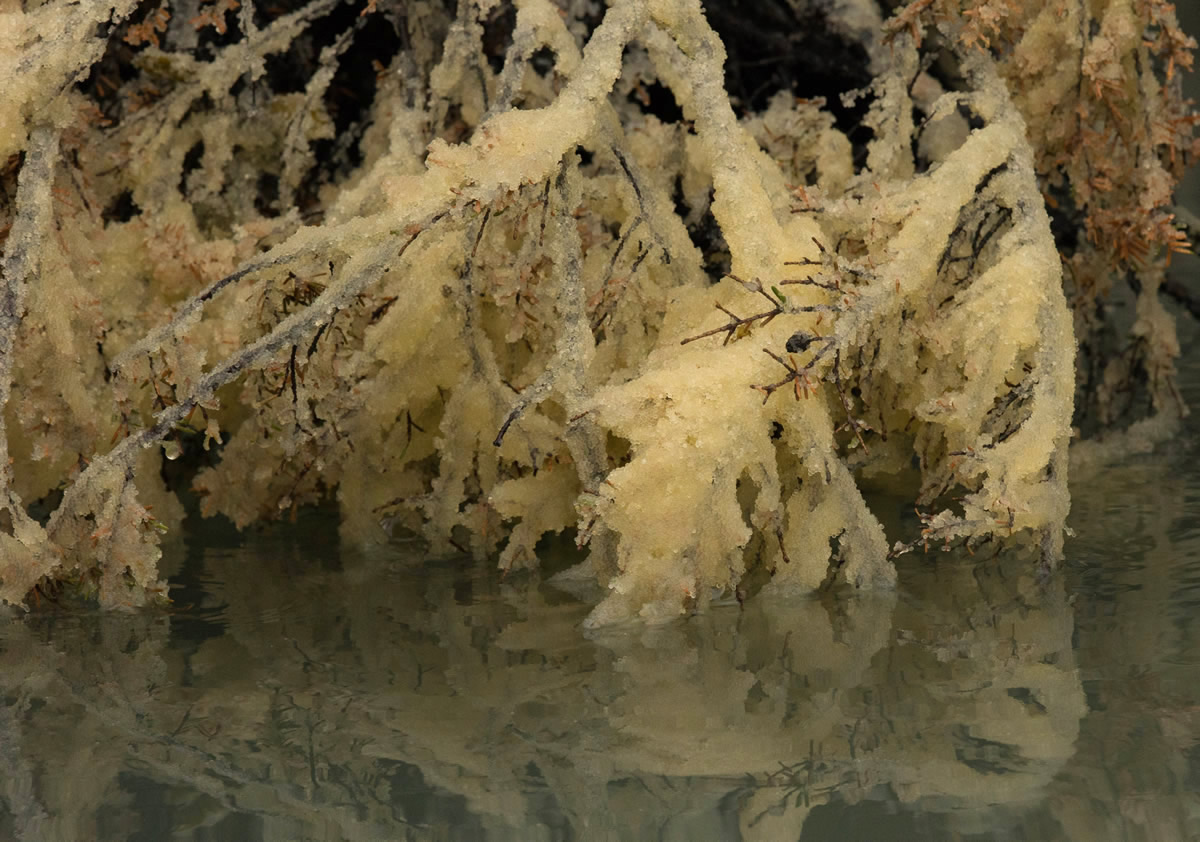
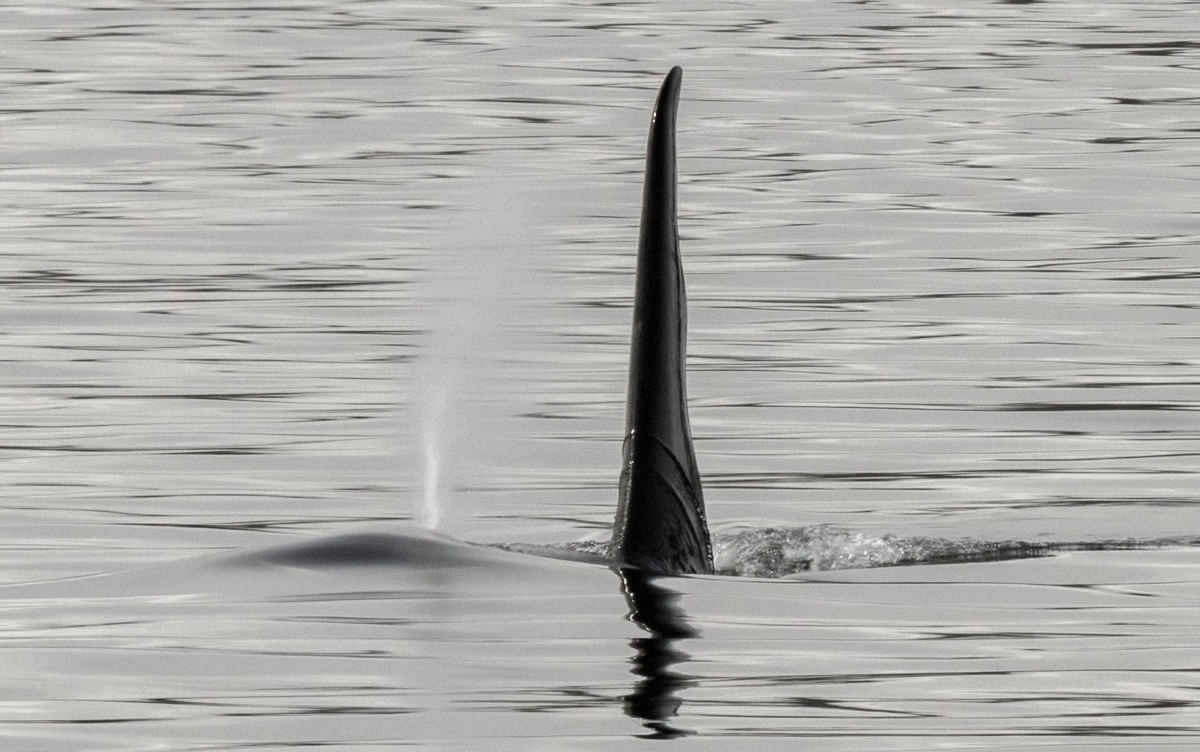
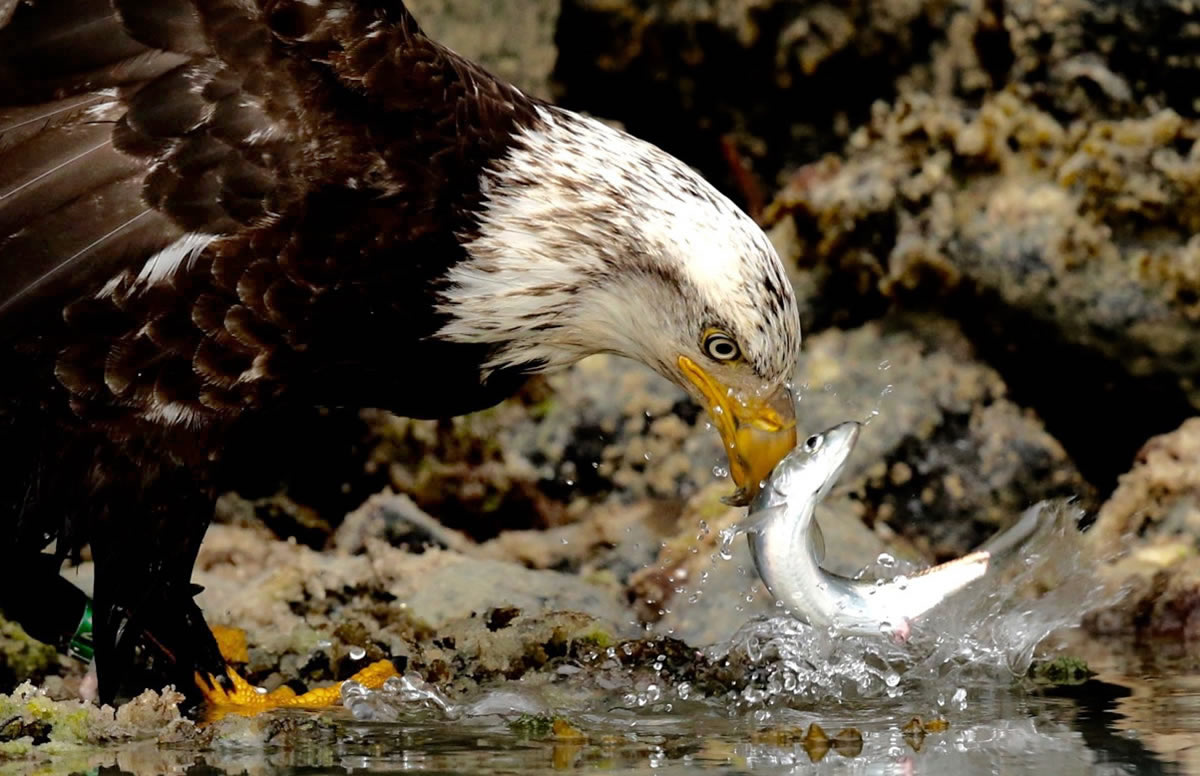
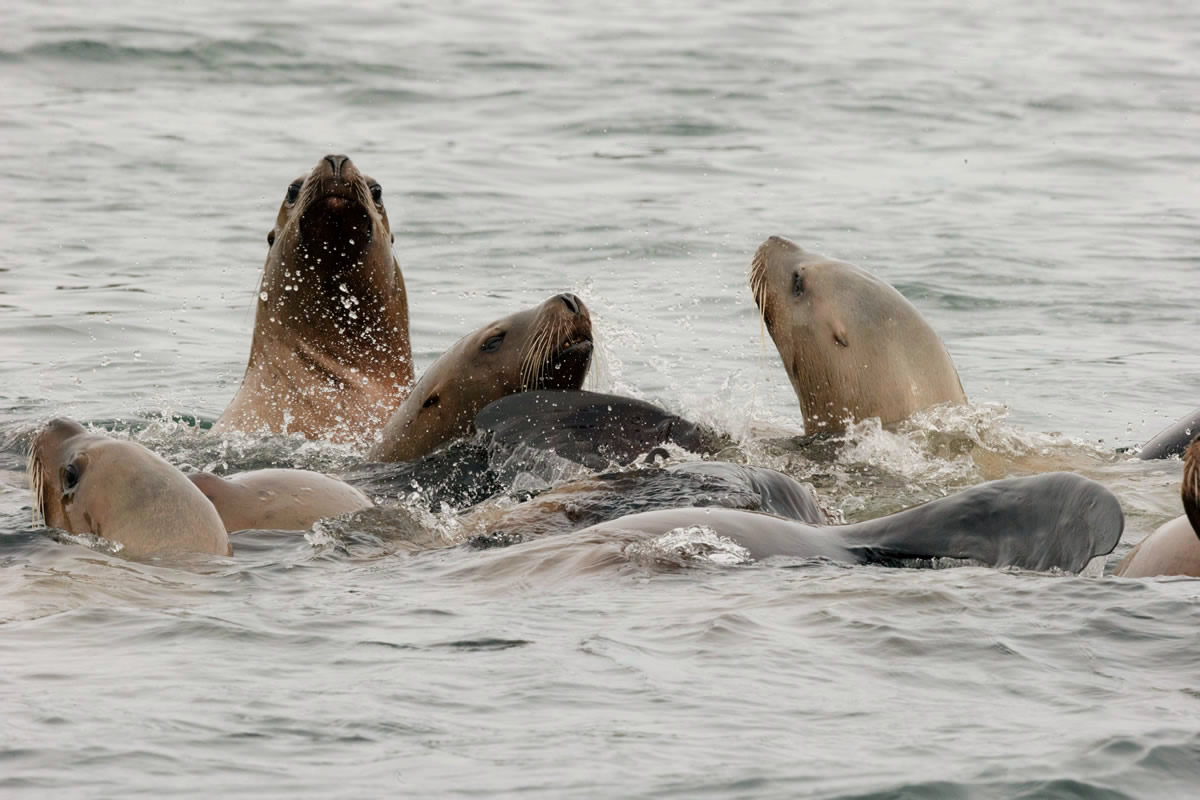
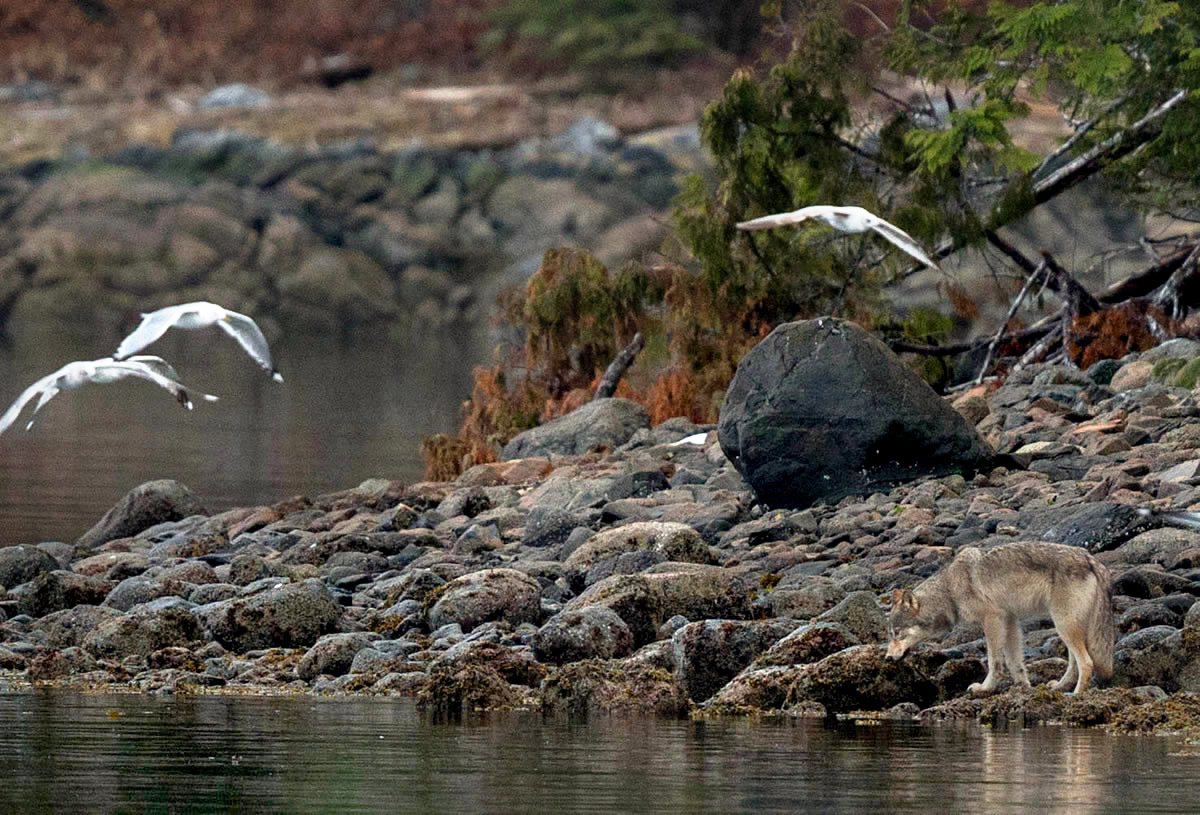
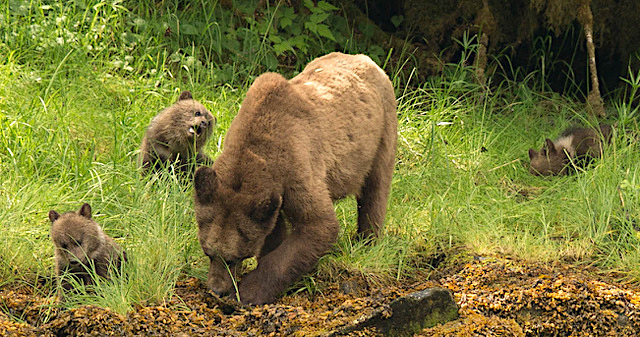 Tucked safely away in their dens, often in the roots and hollowed out trunks of old Cedar trees, some mother Bears are giving birth to tiny, new cubs.
Tucked safely away in their dens, often in the roots and hollowed out trunks of old Cedar trees, some mother Bears are giving birth to tiny, new cubs.
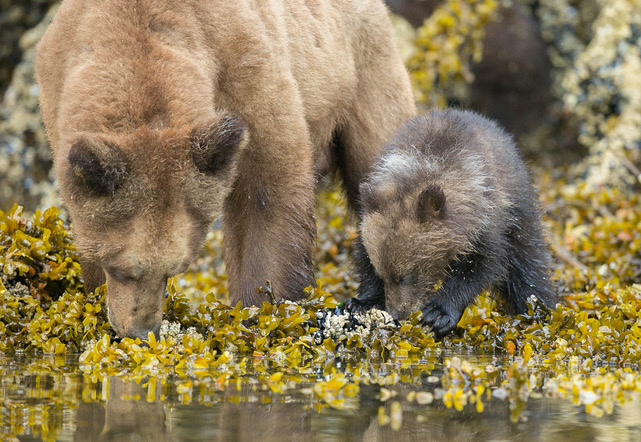 Grizzly Bear mothers choose dens higher up mountain slopes while Black Bear mothers choose dens in lower elevations.
At birth, Grizzly Bear cubs weigh about 11 ounces to 1 pound 6 ounces, while Black Bear cubs weigh between 8 and 12 ounces.
Grizzly Bear mothers choose dens higher up mountain slopes while Black Bear mothers choose dens in lower elevations.
At birth, Grizzly Bear cubs weigh about 11 ounces to 1 pound 6 ounces, while Black Bear cubs weigh between 8 and 12 ounces.
